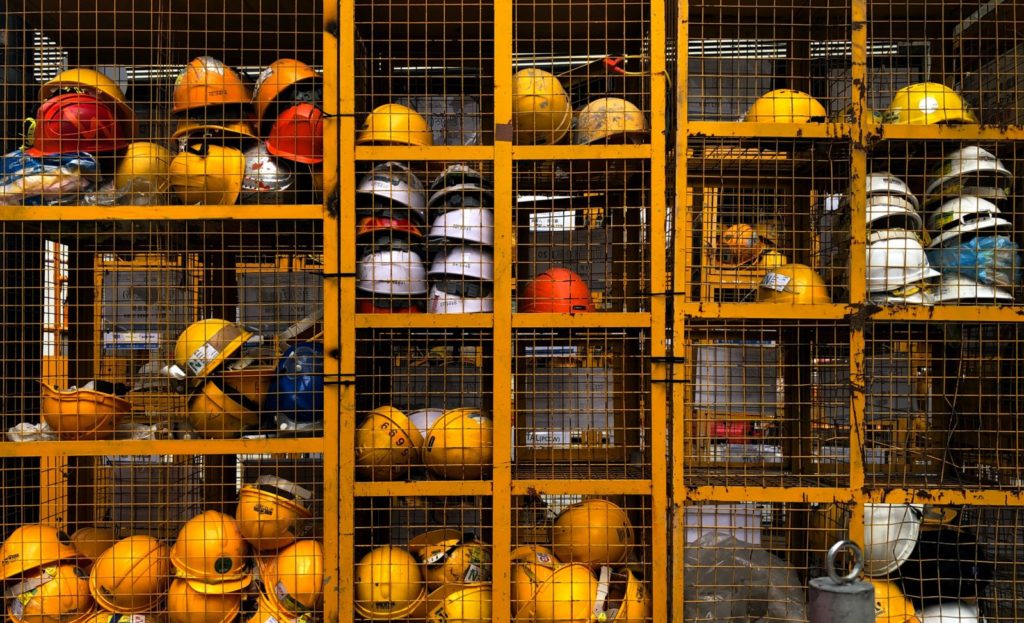
Last updated on 5 January 2021
Table of Contents
- The Next Generation of Warehouse Workers
- Connecting With the New Generation of Workers
- Specific Training Needs
- The Value of Practical Skills Training
- How Gamification Can Boost Your Workforce’s Numbers and Skills
The challenge of recruiting for the warehouse workforce is not dwindling. After overcoming a workforce shortage and hiring new employees, the journey is not complete. Training and keeping a new generation of warehouse workers are entirely different arenas.
The Next Generation of Warehouse Workers
Many enter the workforce to follow in the footsteps of their parents, others are choosing vocational school to avoid mounting college debt.
Over the past 30 years, blue-collar jobs like working in a warehouse have lost their reputation. Instead, they are often regarded as “in case you can’t make it to college” or “dirty work”. A fact that many people overlook is that there are indeed plenty of “good” jobs in the warehousing industry. According to Glassdoor’s data, the median annual income for warehouse workers in the US is $28,677. Depending on the skillset, education, location, and years of experience, that number increases to nearly $37,000/year.
Many also seem to forget that, compared to someone studying at university, a manual worker begins earning money years sooner. In countries with high tuition fees, the current generation is realizing they might want to choose vocational training over an expensive university career that requires large student loans with no guarantee of success after graduation.
Connecting With the New Generation of Workers
Younger generations are connected to the internet like never before. For example, over 90% of potential employees take to their phones to look for a job. To connect to potential applicants, you need to know via which channels you can reach them. Whereas LinkedIn might be the best platform to look for white-collar employees, Facebook offers you a better chance to find candidates for your warehouse workforce.
Gen Z grew up playing on their parents’ smartphones and on average received their first cell phone at the age of 10. With this in mind, make the most of technology to connect to the new generation of warehouse workers. For current employees, use a text alert service to communicate with employees, instead of posting notices in the break room.
Furthermore, employers that avoid implementing new technologies are actually sending up red flags for the tech-savvy new generation of warehouse workers.
Key takeaway: Use technology to connect to the next generation of workers.
Specific Training Needs
Compliance and safety training likely consume a large portion of your training budget and resources. Hence, those training sessions may already be in an e-learning format.
But how is skills training delivered?
For example, if you are introducing a new production line process, experienced warehouse workers have the background to understand the inner workings of the current process. Their experience can be transferred to the new process.
New employees lack industry knowledge and therefore need additional background training before fully grasping the new ideas. Consequently, if your new employees will be tasked with assessing or repairing mechanical equipment, basic training of how motors work would be beneficial.
Key takeaway: Divide trainees into smaller groups based on skill level and provide plenty of training.
The Value of Practical Skills Training
Practical skills training and hands-on experience are crucial for helping the new generation of blue-collar workers to successfully complete their trial period, apprenticeships, or internships. On-the-job learning is one of the most effective ways of training employees.
With this in mind, contact your local high schools and vocational schools. Host “trial” events onsite for potential employees to learn about your industry and jobs. Interested parties could further their skill base by joining your apprenticeship program.
Key takeaway: Offer trial days for potential workers to empower them to learn about the various jobs in your industry.
How Gamification Can Boost Your Workforce’s Numbers and Skills
Gamification uses simulators to encourage training in a safe environment. Construction companies currently use this concept to train heavy equipment drivers. Likewise, logistics companies can use gamification to teach forklift operations.
In addition to simulators, gamification can include point scoring and competition with others. By using characteristics of game elements, warehouse workers are able to “play” while learning. Keeping score or adding quizzes can motivate trainees to improve previous scores.
According to the Entertainment Software Association, around 65% of US adults played video games in 2019. That is over 164 million people. Turn this love of gaming into a new way to connect with employees.
Key takeaway: Make training fun and impactful through gamification.
In order to attract and retain a new generation of blue-collar workers, you must change the status quo. Create new training methods that reach out to and connect with a younger audience to ensure your warehouse is well-staffed in the coming years.
